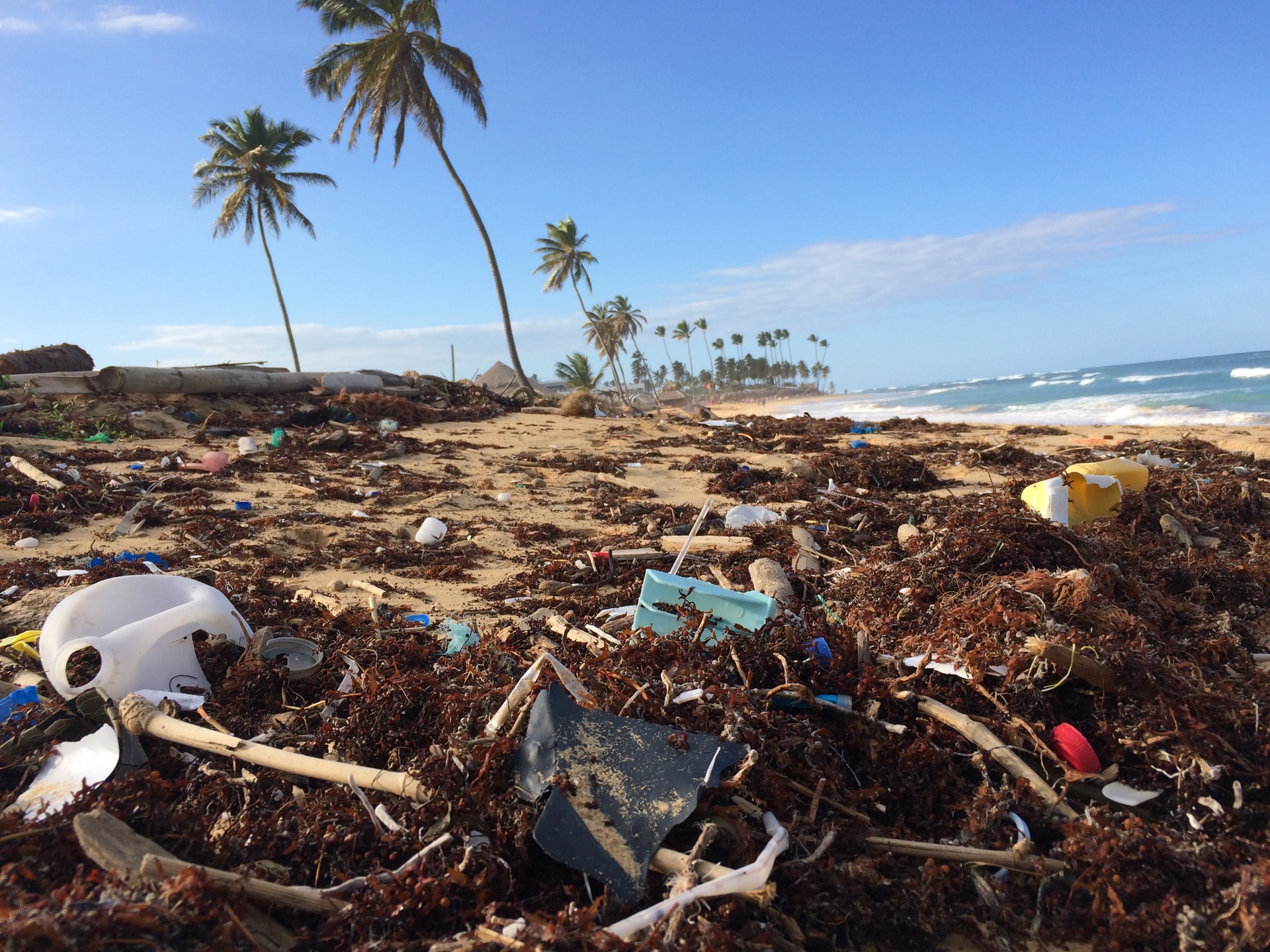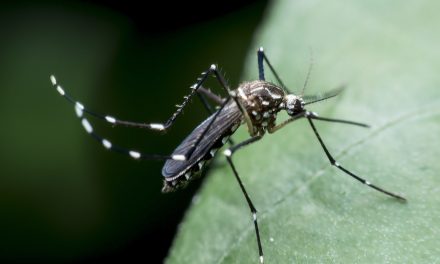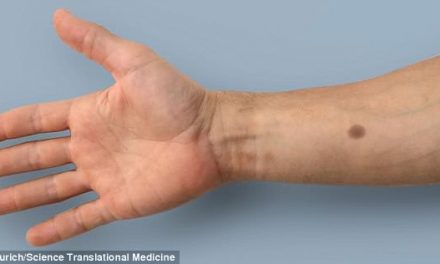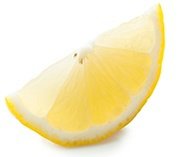Beach Cleanups, The Difference Between Paradise and Poison
Imagine relaxing on a peaceful beach. The clean white sand is warm, and the clear blue water is inviting. This is how the planet is meant to be: brimming with robust marine life and healthy ocean water. Now, imagine a world in which beaches are littered with trash and the water is red with contaminants. This is what the planet actually looks like in some parts of our world.
Sadly, we humans have caused the unhealthy state of the earth’s beaches. The good news is that some of us are choosing to undo the damage we have caused and recreate the beaches’ natural, healthy state. Simple beach cleanups are turning littered messes into beautiful oases. And one woman, in particular, is paving the way to cleaner beaches. (1)
RELATED STORY:
52 Beach Cleanups In One Year
Pat Smith, affectionately referred to as “Action Nan” believes in making a positive change in the world. However, she goes beyond merely thinking about this; she acts on that belief.
Now in her 70s, Action Nan believes that we can each take small actions that will lead to big changes in the wellbeing of the environment. In 2018, instead of resolving to lose weight or hit the gym, Pat Smith resolved to complete one beach cleanup every week, all year … and she succeeded! She resolved to spend her entire year cleaning up UK beaches for a few reasons. First, she felt that her generation created the plastic boom, so she wanted to be part of plastic’s undoing. Second, she wanted her grandchildren to have access to clean water and healthy beaches. Of course, Action Nan believes that living sustainably is possible – and necessary – for the future of our planet. So, for 52 weeks, Action Nan successfully walked along coastlines, bending over and picking up trash, one beach cleanup at a time.
RELATED STORY:
Today, Pat Smith runs The Final Straw, a nonprofit organization whose mission is to encourage individuals and companies to reduce their use of plastic. (2, 3, 4)
Why Beach Health Matters
Clean beaches are more than just pretty places. They directly impact animal and human health. By now, you may have heard about the “Great Pacific Garbage Patch,” a massive patch of floating trash accumulating in the ocean between California and Hawaii. It has captured our attention as a visual reminder of the pollution that humans cause.
Litter, like that seen in the Great Pacific Garbage Patch, can be deadly to the birds, turtles, seals, and fish that may eat or live near it. Sadly, plastic trash is particularly dangerous for wildlife. When an animal ingests a plastic bag, its stomach is poisoned by toxic chemicals. These chemicals make it difficult to impossible for them to digest food, and they can starve. Additionally, littered ocean water causes contaminated fish, which we consume. Algal blooms, the reddish scum you may see on the ocean’s surface, can even cause air pollution that negatively impacts our health if we breathe it in. What’s more, humans can run into netting or sharp objects while swimming or diving, and this causes injuries. Beach and ocean pollution can even negatively impact boat navigation when debris becomes tangled around motors or propellers. (1, 5, 6)
RELATED STORY:
What You Can Do
Here are some ways you can start making a difference in marine health and beach cleanliness:
- Participate in, or initiate, a beach cleanup.
- Avoid using plastic straws and plastic bags.
- Use a reusable water bottle, rather than plastic water bottles.
- Recycle plastics that you do use.
- Never litter.
Pat Smith, the Action Nan, reminds all of us that if we each take small steps, they can lead to big changes in the world. Those small steps could save marine life, improve our own health, and beautify our planet. (3, 7, 8)
*Article originally appeared at Healthy Holistic Living. Reprinted with permission.












